A bicycle odometer is a gadget that helps you track your ride. Think of it as a speedometer on your car. It helps you measure the distance that you have traveled, therefore helping you measure your speed. An odometer can either be electric or mechanical but they have the same functions.
Now coming to the point, Do you really need an odometer? If you ask me, Yes. I think an odometer is important if you want to measure and improve your cycling performance. And Richard Simmonds, the famous road racer as well as cycling coach seems to agree with me! In his own words
immediately makes your bike rides measurable in some way. This gives you something for future reference so that you can define progression. Progress might be measured by doing greater distance in a set time, or doing a set route faster than previously. Whatever you like to measure, an odometer will help you to do that
Convinced yet? How about we explore the functions of an odometer in a bit more detail to help you decide for yourself? Let’s get started, shall we?
Functions Of An Odometer
You may know bicycle odometers as cyclocomputers. They offer certain features that the standard vehicle odometers do not. The basic function is to measure the speed and distance traveled.
An odometer calculates everything about your trip on the bicycle for you. This means that it performs basic calculations like trip distance and speed. You can also use a better odometer in order to tell you far more advanced things like how dehydrated you are, trip time, and measuring your recommended daily distance for your BMI against the amount you have gone during the day, trip, and all-time.
Having an odometer will push you to be better than yourself in every way you can be.
Keep your hands warm and your data accurate with our cycle computers for winter and ice cycling.
How Does the Cyclocomputer Work?
There are many different types of bike computers, and they all detect the distance traveled in different ways. The most common is the wheel sensor. It has been around for quite a while and is one of the most durable sensors out there.
It is used by clamping a small magnet to the inside of the rim of the bike wheel, or to a spoke. Then you fastened a magnetic sensor in alignment with the magnet to the handlebars. Every time the wheel does a full revolution, the magnet passes by the sensor. This produces a readout on the meter. You mount this in front of the cyclist, next to the brake lever.
To measure the distance traveled, the computer will need certain information. When you first install an odometer on your bike, you will need to calibrate it. This means giving details about the size of your tires, among other things. It will use this information to calculate the horizontal distance traveled.
The computer also calculates the speed you are traveling at by measuring the time between wheel spins.
How Do I Install an Odometer?
That’s a very good question. I did explain some installing procedures above but let me break it down into easy-to-follow steps for you:
- Clip the magnet to the spoke or inside rim.
- Clip the magnet sensor next to the wheel magnet. Make sure you get a reading
- Run the cable all the way up, taping or tying it in place
- Secure the bike computer to the handlebars using zip-ties tape, or a provided clip.
- Start programming the computer.
How Can You Program An Odometer?
To program an odometer, switch it on. Open the settings and enter the relevant information. In a basic bike computer, this would mean simply entering the size of your tires, your preferred units of measurement, and a couple of others.
However, if you have a more advanced cyclo-computer, you would also have to enter things like your home location, social media log-in, height, weight, and age among other things. These would then be used to calculate things like calories burned and power output during your ride.
Which Cycle Computer Should I Get?
There is a vast range of computers for your bicycle, and you can choose one based on your needs. If you are in it for the fun factor, you won’t need many high-end features.
However, if you are more into a proper fitness regimen, then you will need a more advanced, durable odometer. You could also be a competitive cyclist. This would mean you need more information like heart rate, elevation, power output, and maybe also GPS navigation.
Depending on your cycling requirements and habits, you get different options for cycle computers for different prices.
| Odometer Type | Features | Price Range | Recommended Products |
|---|---|---|---|
| Casual | Basic odometer with magnet | Under $50 | CatEye Velo 8 Wireless Cyclocomputer, GUB P80 Bike Computer, XOSS X4 Bike Computer |
| Enthusiast | Advanced odometer | $50 – $200 | Garmin Edge 530, Wahoo Elemnt Bolt, Hammerhead Karoo 2 |
| Competitive | High-end odometer with GPS | $200 and above | Garmin Edge 830, Hammerhead Karoo 2S, Polar V650 |
Discover the many benefits of recumbent bikes for your health and fitness.
How Do I Know My Recommended Distance?
There are a few ways you can find out how far you should go every day when cycling. While it isn’t imperative that you do this distance or more every day, you will have a greater chance of staying healthy when you do this. It doesn’t have to be done all at once, of course. You could just space it out throughout the day. One of the joys of cycling is that it can be done anywhere. For example, you could add to your daily distance simply by cycling to and from work every day.
You should consult a physician or a professional coach to find out healthier distances for you.
Get accurate results for your cycling workouts with our speed distance time calculator.
How To Get The Most Out Of An Odometer
This depends on what you plan on using your odometer for. For example, should you use it just for a casual check-in on your daily distances, etc, you won’t need to think about utilizing every aspect of it.
In fact, every basic odometer with a short life span should do the trick for you. However, if you are a true bike enthusiast, then you know just how fun it is to hit those distance markers. That sense of triumph you get when you pass 5000 miles in a year on your bike is a rush like no other.
Depending on the odometer you get, you can use them to the maximum in many ways. For the basic enthusiast’s $70 – $100 odometer, you could set goals for total distance traveled in a year, as well as your goals for daily distance. You could also plan to stay at or above a certain average speed.
In fact, we can have a discussion in the comment section based on your cycling preference. This way, you will be able to decide on an odometer and make use of it.
Learn how to measure your distance on an indoor bike trainer with our step-by-step guide.
FAQs
Are bicycle odometers accurate?
Yes, bicycle odometers are accurate but they might have a few variations.
Can I use my phone as a bike odometer?
Yes, you can use your phone as a bike odometer.
Is cyclemeter app free?
Yes the cyclemeter app is free but it also has a paid version.
Can iPhone measure cycling distance?
Yes, iPhone has some built-in features that can measure cycling distance.
Recap
There are many benefits of having a bicycle computer. One of these is the fun factor of exercise. Without something interesting to make you enjoy your exercise routine, you will end up getting bored and demotivated. You can remedy this by getting a bike computer to motivate you. For example, it will help you push yourself harder than ever, and enjoy doing it.
So you can say that odometers are the silent personal trainers you’ve never had. Not to mention an affordable one! The more expensive odometers give more features like measuring heart rate, calories burned, fitness levels, and even GPS navigation.
So, what do you think of an odometer? Did it make it to your buying list? Let me know in the comment section below!
Also Read:
- 10 Common Bicycle Sharing Problems And Their Solutions
- How To Start Cycling If You Are Old- Guidelines To Follow!
- Best Mountain Bikes Under $500
Should you have any questions or require further clarification on the topic, please feel free to connect with our expert author Nishan Udam by leaving a comment below. We value your engagement and are here to assist you.

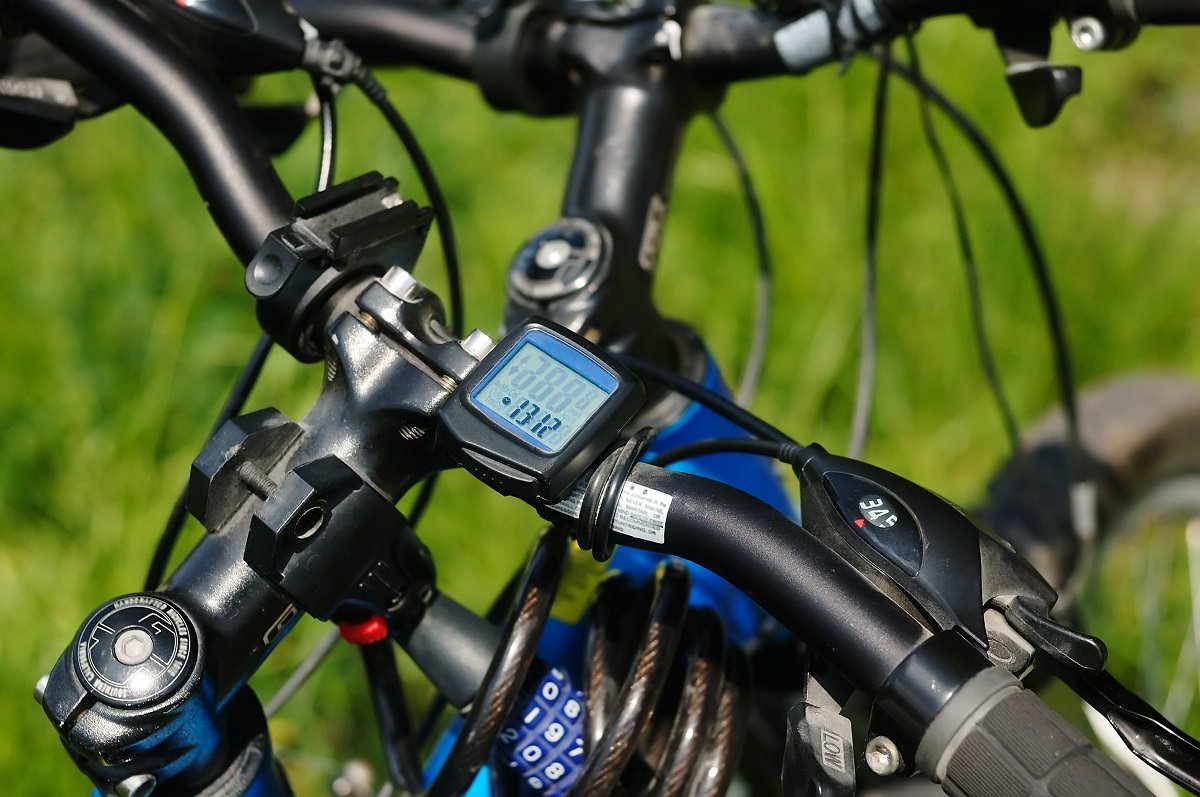
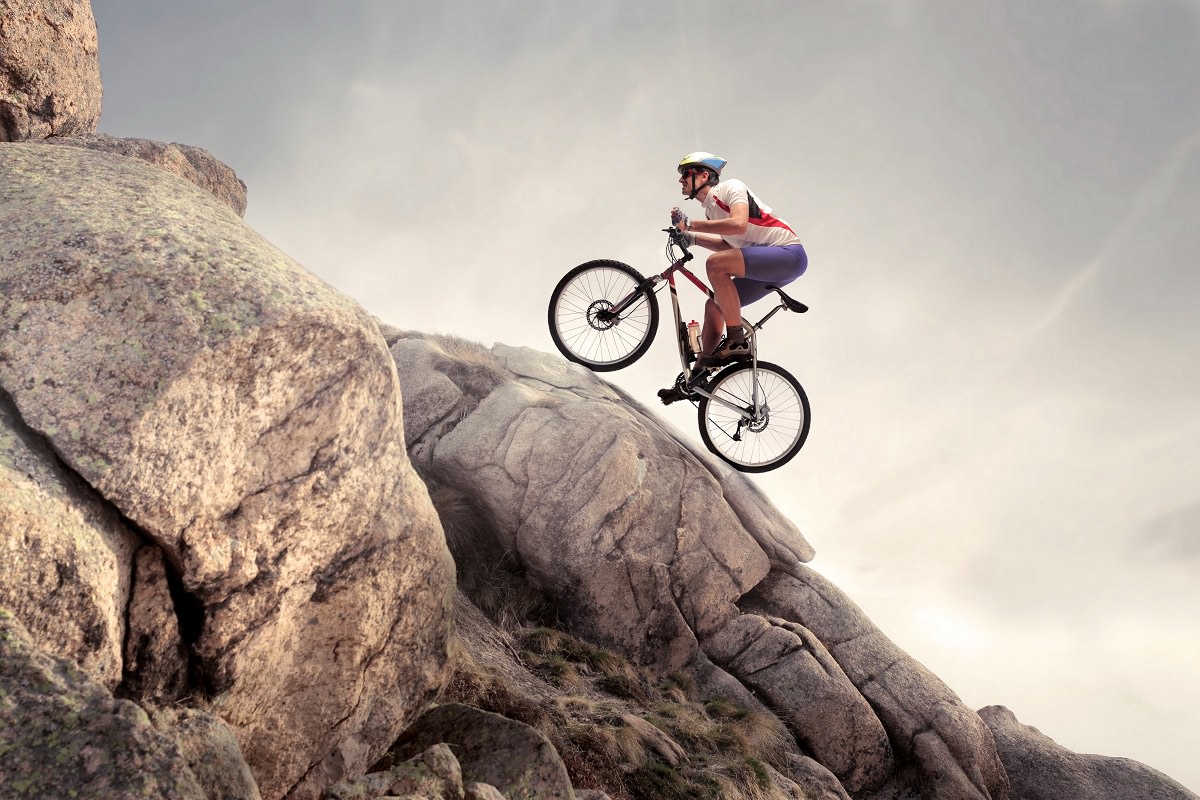
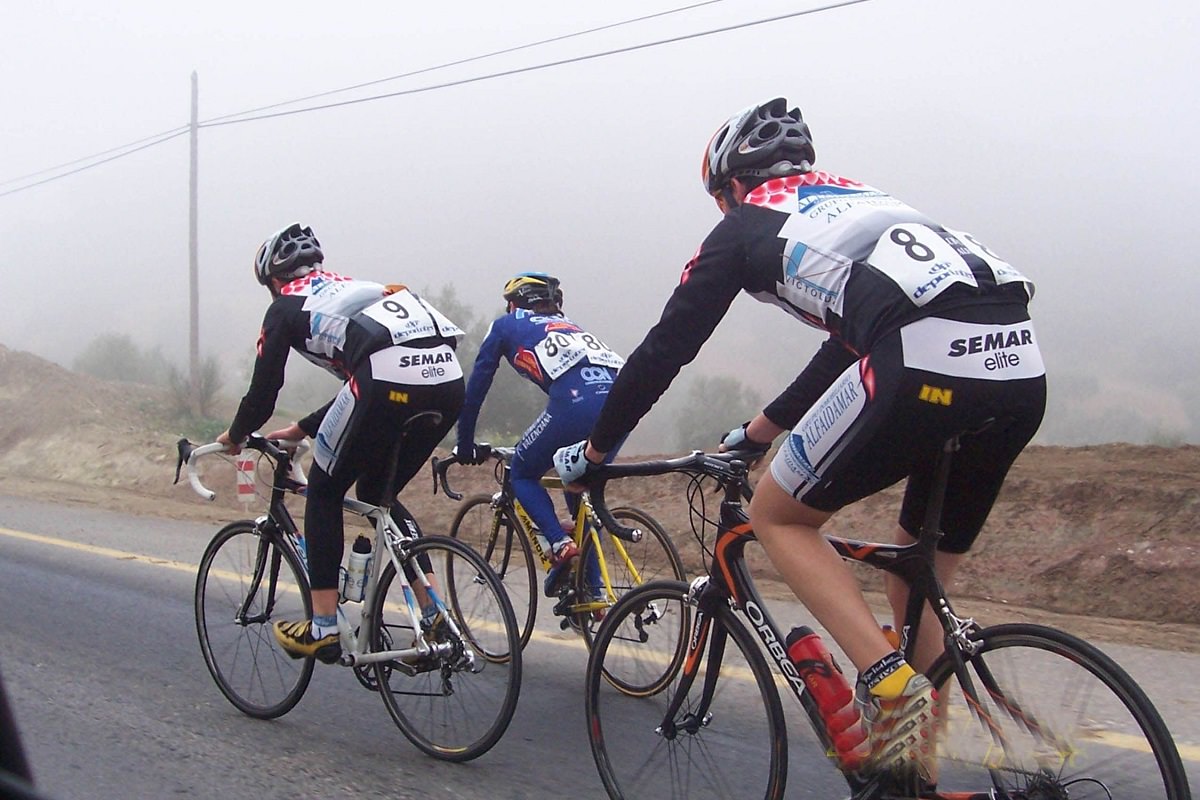
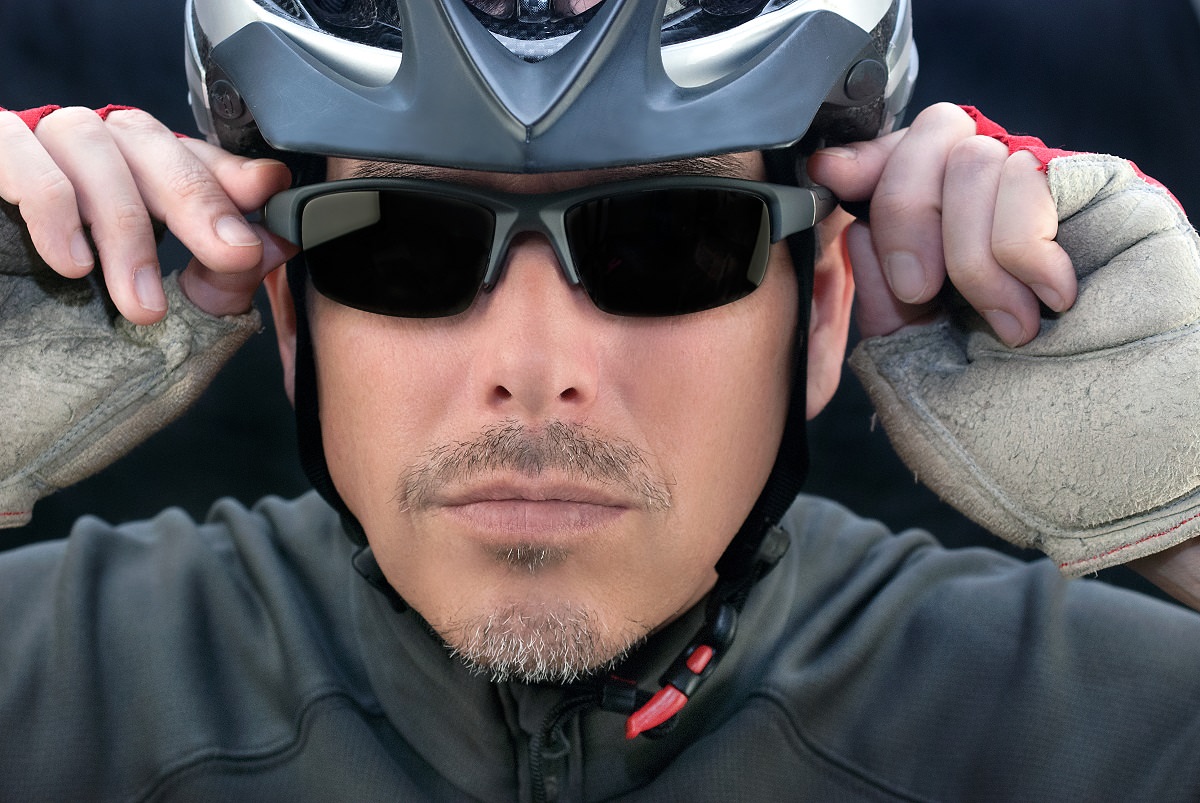
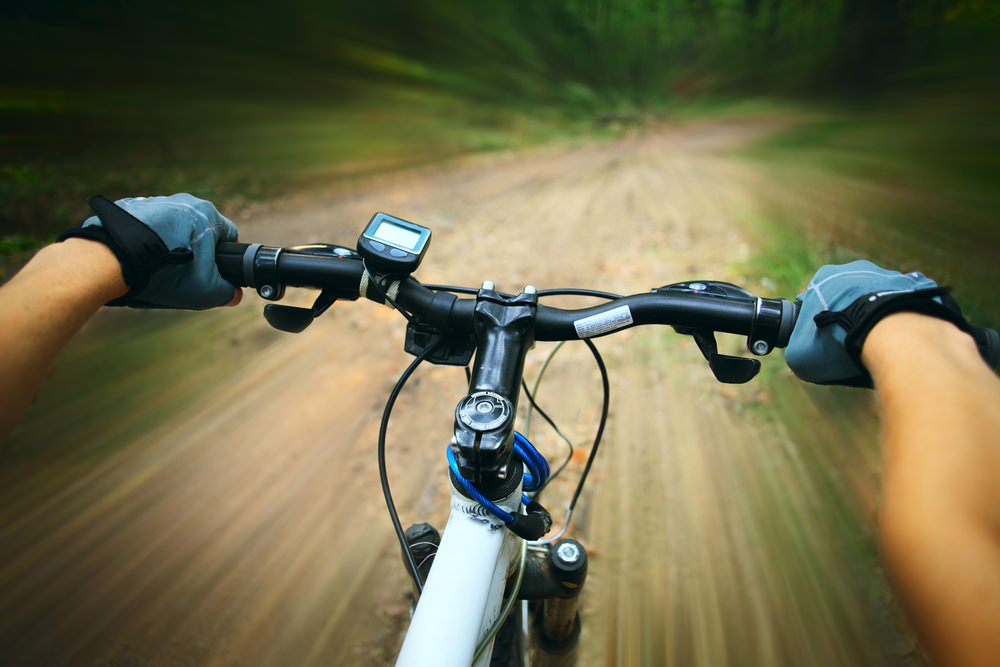
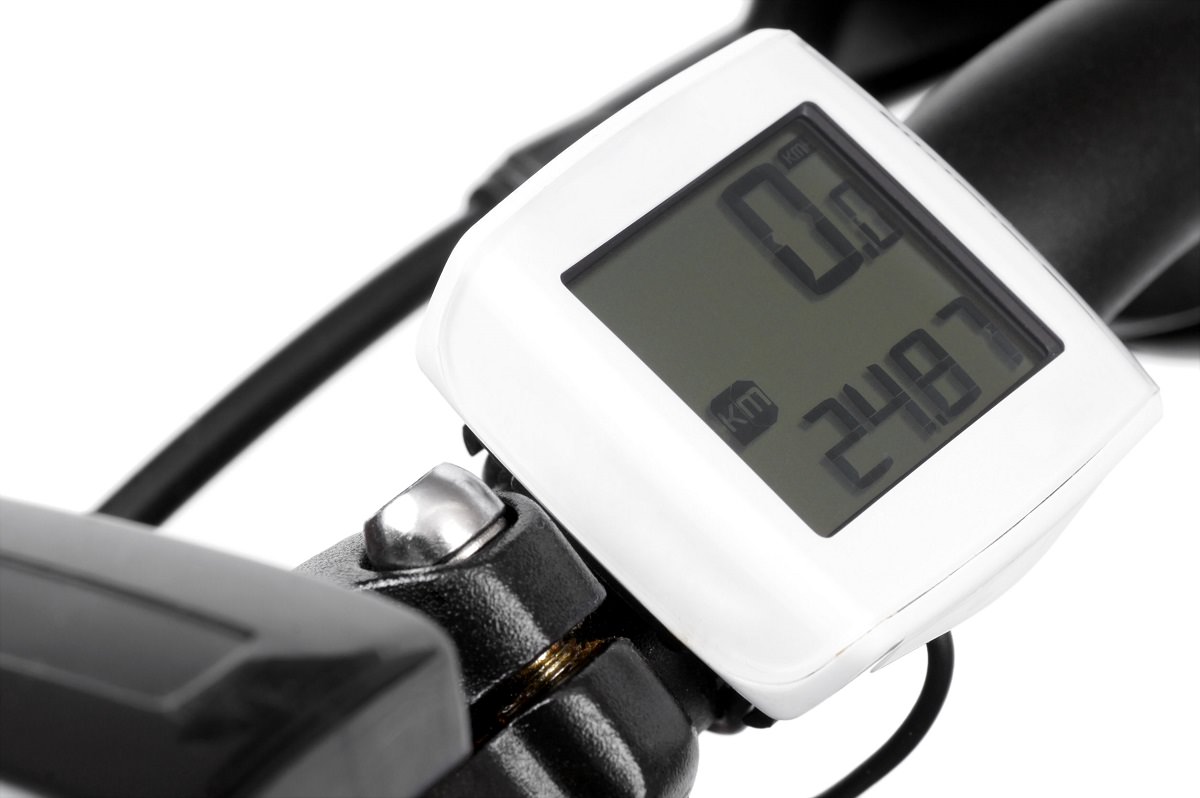
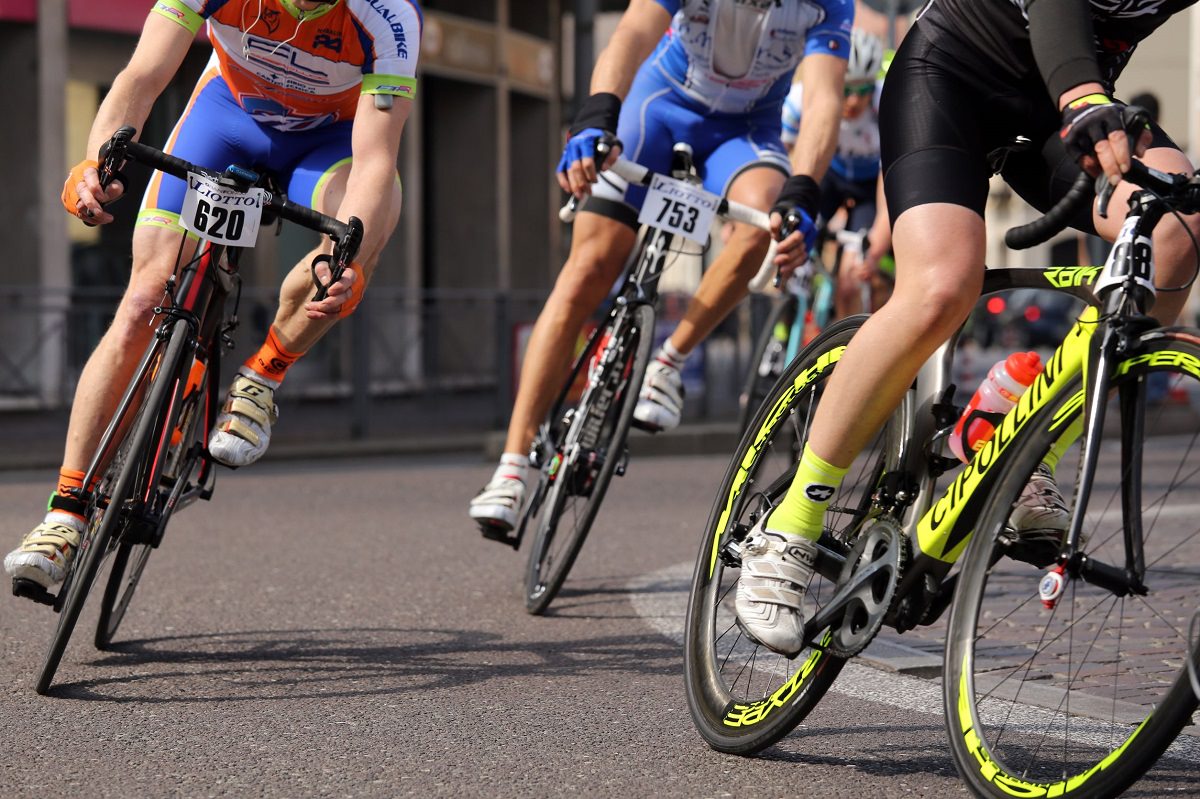

9 thoughts on “Do You Need A Bicycle Odometer? Let’s Find Out”
Article writing is also a fun, if you be familiar with then you can write or else it is difficult to write.
G’day to you
I ahve just purchased a Aseako Electric Pedal Bike * 2500 watt rated @ 2 kw
I am interested – in fact more than that – i would like to obtain the worlds simplest
EPB * speedometer . i do not want anything fancy – just a BASIC, down to earth
Speedo reader. Preferably not too expensive – however nothing that is junk
What would you suggest – as i am not very computer literate. Just a simple
speed reader – monitor will do .
.
no speed show please help
if the sensor is mounted on a wheel or spoke, how does the cable hook up not get in the way?
I am thinking of buying an odometer (cheap) for my grandson who is about to be 11. I don’t want one that tells speed (only distance travelled).
They used to have an odometer counter that fit on the fork down by the wheel. The wheel had a “ticker” on it. All It did was count the miles. Still available? No cables, no handle bar mounts…
Odometer, only reads miles. Fits on the lower fork and a “ticker” that goes on a spoke.
I converted my 5 speed bike to an indoor exercise bike – can I install an odometer to the rear wheel to know my time, speed and distance?
Why would I need a clock? — perhaps a backlit to come on at 6PM? I know when it is dark!!
With odometers, someone tell engineers that less is more. Yes, a difficult engineering concept!
It would be nice of the instructions were given in English and tested by normal people, not the engineers –not resort to Youtube!
Would you really trust cable ties to secure and not become loose? Why not you say. We’re done.
Since all pedometers are plastic (and engineered for land-fill), how about a lifetime estimate in total hrs. And, I don’t want to read 10 years with a small disclaimer of .25 hrs. a day usage!!
Final comment: I don’t believe that pricing has much to do with design, quality & durability.